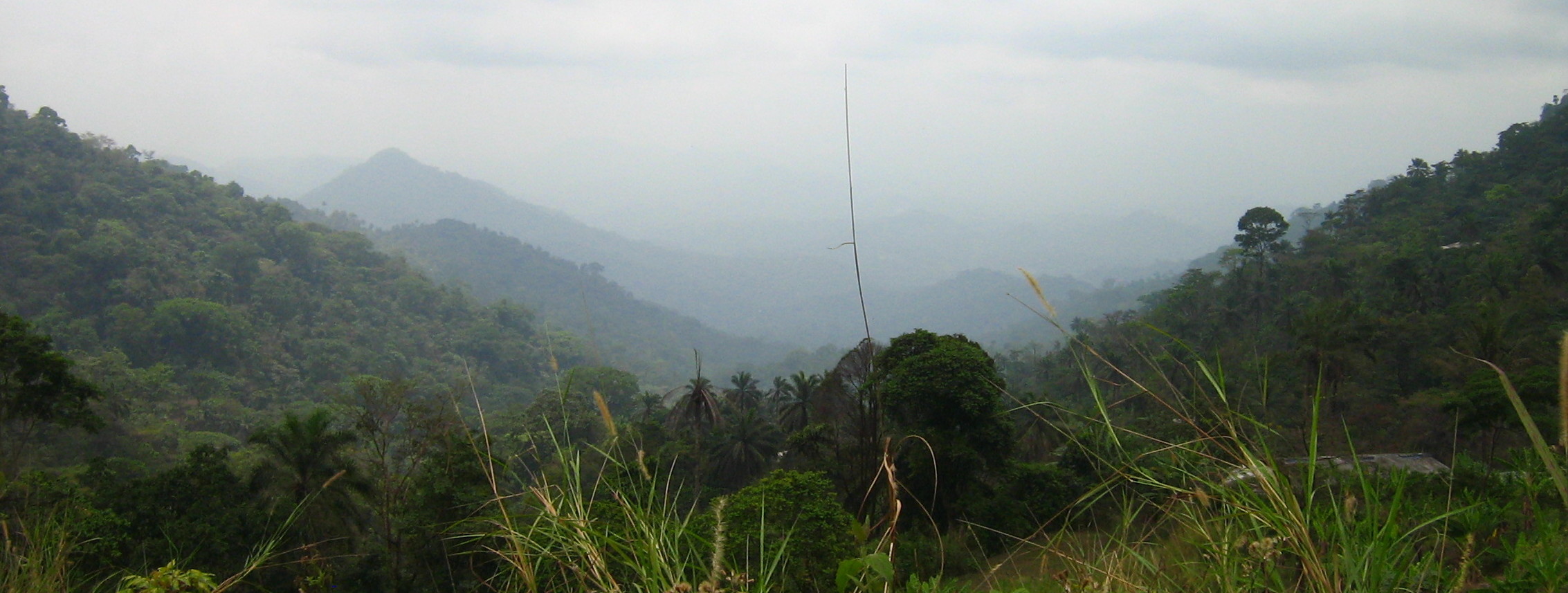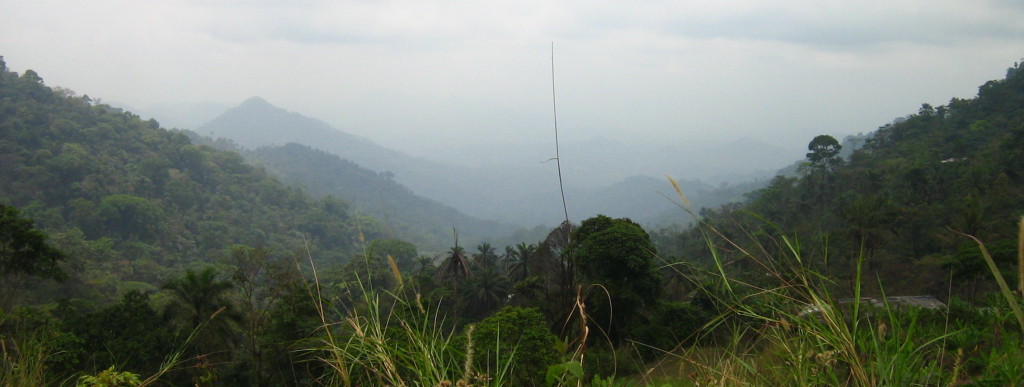
G.S. NJILAP-NWANGONG
Njilap is one of the most isolated villages that ICA supports. Prior to ICA intervention, the community had little in terms of infrastructure and educational supplies. The existing school was a dilapidated ruin of mud blocks. For those that attended school, the conditions were difficult. The classrooms were in an advanced state of decay and many pupils were sent home if they were not wearing uniforms or carrying their textbooks. Tendonga Agnes, a mother of seven, describes the culture of education in her village prior to the new school: “before, parents wanted kids out of school and working [in the farms].” She continues, however, “Now, parents value education”.
| Headmaster | Paul Akeondung |
|---|---|
| Number of Teachers | 1 Gov’t, 3 PTA (2 ICA sponsored) |
| Number of Pupils | 80 boys, 72 girls |
| Graduation Rate in 2014 | 100% |
| Construction Date | 2012 |
| Communities served | 3 villages, including Njilap. |
Since the construction of G.S. Njilap, the culture surrounding education has changed immensely. The new building, which includes two classrooms and five latrines, is complemented by 152 students, all sporting new uniforms and reading from new textbooks. The headmaster, Paul Akeondung, pointed out that some of the children had never seen a concrete building in their lives. Now, the very school they attend is the most beautiful building in their community. The new G.S. Njilap has added an element of prestige to education, something that was lacking in the past. Kids as young as 4 or 5 now attend school, when traditionally school started at age 6 or 7. As 9 year old Flavin states “when I learn, I am happy!”
G.S. Njilap also prides itself on how well it does on government standardized tests. It boasts a 100% graduation rate in Class (Grade) 6.
Possibilities for continued development
While Njilap is graced with natural beauty, it is also a victim of its remote location. For three months of the year, nearly 70 students are prevented from attending school due to the river Nehilih, which floods during the rainy season. The most urgent need of the community is a safe crossing. In addition, the spring that supplies the school with drinking water dries up between March and July. Clean water is always a worry. Other appeals include more writing materials and more benches. Currently, there are only 7 benches for all 143 pupils.
Summary
The Njilap community deserves an enormous amount of credit for its work ethic. Due to its isolation, the locals were forced to work extra hard in order to build their school. G.S. Njilap is a story of success, and ICA intends on continuing the partnership to further support their ongoing efforts.







